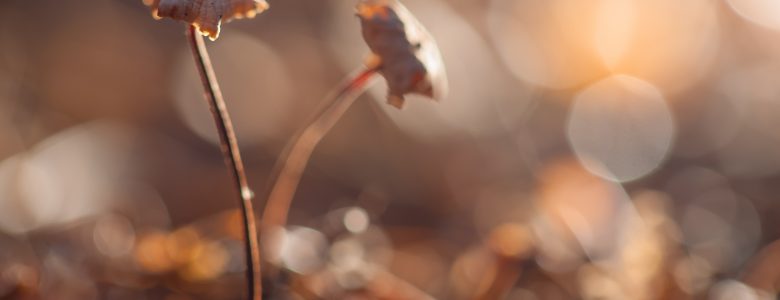March 5, 2021
How Cannabis Industry Leaders Like Curaleaf Will Serve New Jersey’s Recreational Market

After a three-year legislative battle, Gov. Phil Murphy (D-NJ) signed three bills that legalize up to six ounces of cannabis in New Jersey last week.
“In addition to the estimated $126 million in annual tax revenue by the NJ State Legislature, the adult-use market will now open-up a lot of new economic opportunities across the state,” Patrik Jonsson, Curaleaf Regional President, Northeast, explained to us via email.
Although medical marijuana was initially legalized in the Garden State in 2010, Jonsson noted that this shift to the adult-use market will open these opportunities in a way that supports communities that have been negatively impacted by the War on Drugs.
“This legislation will establish an industry that brings equity and economic opportunity to our communities while establishing minimum standards for safe products and allowing law enforcement to focus their resources on real public safety matters,” Gov. Murphy said last week. “We’re taking a monumental step forward to reduce racial disparities in our criminal justice system, while building a promising new industry and standing on the right side of history.”
